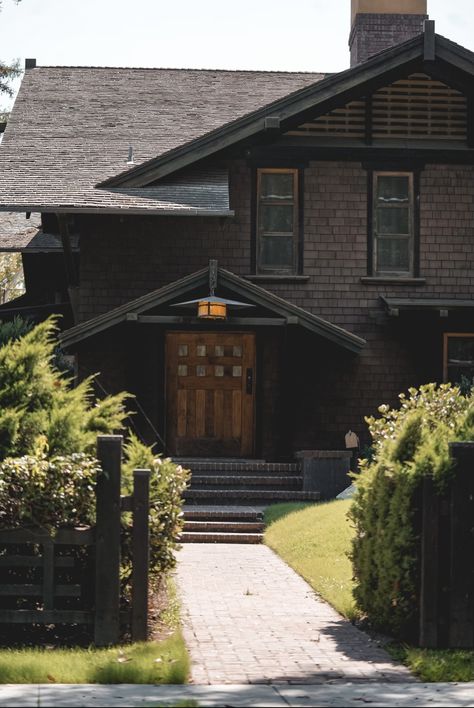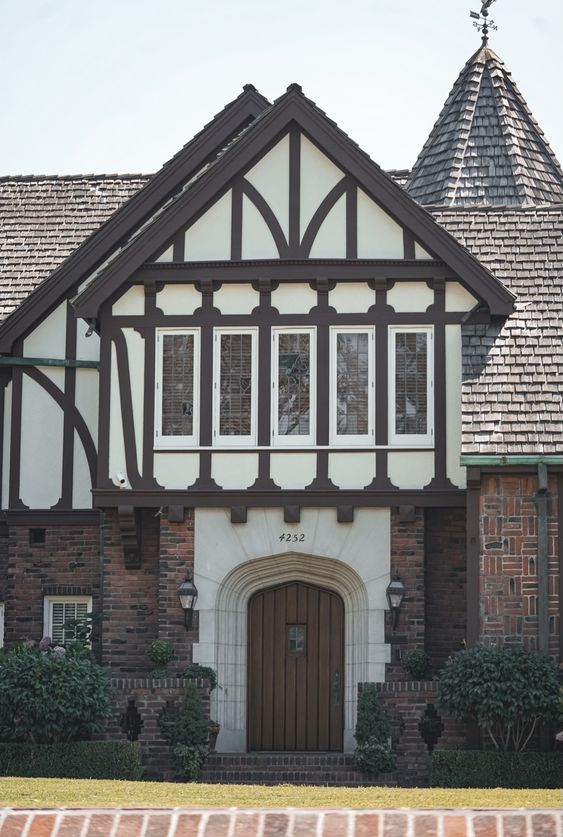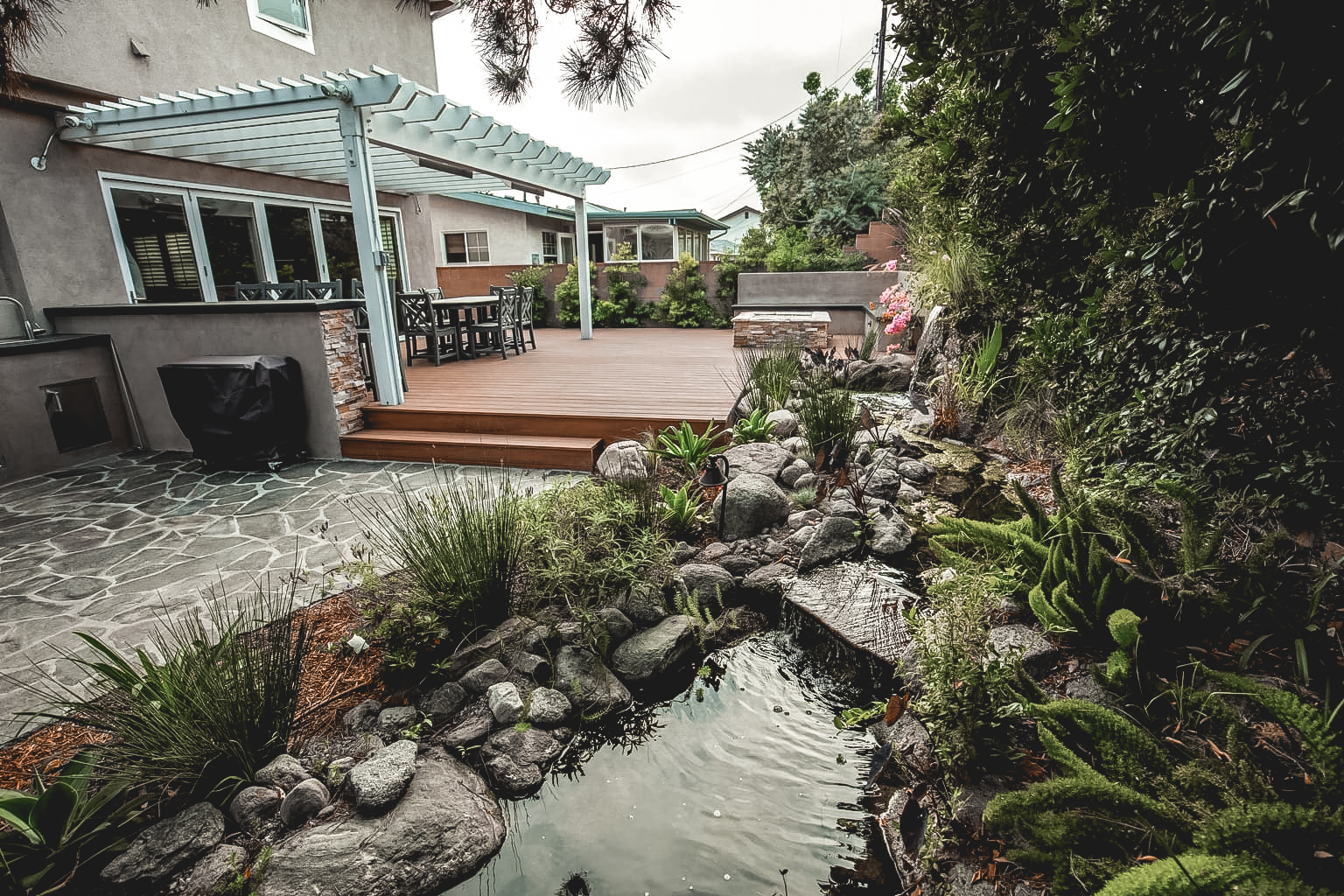Old houses, with their creaky wooden floors, vintage architecture, and a sense of living in a tangible piece of history, possess a unique charm that captures the imagination of many. The idea of renovating such a house, breathing new life into its aging walls, can be a romanticized dream. However, as any homeowner embarking on a restoration project will tell you, this dream is not without its complexities and challenges.
In this exploration, we will delve into the pros and cons of renovating an old house, guiding you through the labyrinth of decision of “Is it worth renovating an old house?” to help you determine whether the investment of effort, time, and money is genuinely worthwhile.
Pros of Renovating an Old House
1. Historical Charm
One of the most compelling reasons to renovate an old house lies in its historical charm. These houses often boast unique architectural features and craftsmanship that are nearly impossible to replicate in modern constructions. Restoring such a house allows you to preserve its historical character, immersing yourself in the aura of bygone eras.
2. Potential Cost Savings
While the initial purchase price might be lower for an old house, the renovation costs can often be more affordable than building a new home from scratch. Renovations provide the opportunity to customize your living space without depleting your savings entirely, offering a middle ground between the allure of history and the practicality of modern living.
3. Environmental Benefits
Renovating an old house is a sustainable choice. By reusing existing materials and structures, you actively contribute to reducing waste and environmental impact. This eco-friendly approach aligns with the principles of conservation, making it a responsible choice for environmentally conscious homeowners.
4. Emotional Value
lder homes often come with a rich history, perhaps having been in your family for generations. Renovating a house with sentimental value, like a family heirloom, can create a profound sense of attachment and pride. It allows you to preserve your family’s heritage and create new memories within the same walls that have witnessed generations before you.
5. Unique Features
Older homes frequently feature unique elements such as stained glass windows, intricate woodwork, or vintage tiles. These distinctive features add character and personality to your living space, setting your home apart from the cookie-cutter designs prevalent in modern constructions. They serve as conversation starters and timeless pieces of art within your living space.
Cons of Renovating an Old House
1. Hidden Issues
Old houses, much like aging individuals, tend to hide their problems beneath the surface. Issues such as outdated electrical systems, plumbing problems, or even structural damage might lurk behind the walls. Uncovering these problems during renovation can significantly increase costs and time, making the process far more complicated than initially anticipated.
2. Energy Inefficiency
Older homes often lack the energy-efficient features that are standard in modern constructions. Upgrading insulation, windows, and HVAC systems to meet contemporary standards can be a substantial financial investment. While this expenditure contributes to long-term savings on utility bills, the initial cost can be daunting.
3. Compliance Challenges
Renovating an old house might involve navigating complex zoning regulations and building codes. Adhering to these requirements can be a time-consuming process, often necessitating significant modifications to the original structure. Negotiating these hurdles requires patience and meticulous planning.
4. Time-Consuming Endeavor
Renovations, especially in old houses, are notorious for taking longer than anticipated. Delays can arise due to unexpected repairs, adverse weather conditions, or permit issues. These setbacks can extend the project timeline significantly, causing inconvenience and stress for the homeowners.
5. Limited Customization
Old houses often come with layout limitations that reflect the architectural trends of their time. Modifying the existing structure to meet modern preferences and lifestyle needs can be challenging. This limitation might restrict your customization options, compelling you to compromise on certain aspects of your dream home.
Conclusion: Making an Informed Decision
Renovating an old house is a decision that demands careful consideration and a deep understanding of the challenges involved. While the allure of historical charm and potential cost savings is undeniably enticing, the hurdles of hidden issues, compliance complexities, and limited customization cannot be overlooked. It is essential to assess your budget, time constraints, and emotional attachment to the property before embarking on such a transformative journey.
Ultimately, the decision to renovate an old house hinges on your willingness to embrace the challenges and your passion for preserving history. If approached thoughtfully and executed with precision, renovating an old house can transform it into a comfortable and unique living space. Moreover, it allows you to contribute to the preservation of architectural heritage, ensuring that the timeless allure of old houses continues to captivate the hearts of generations to come. So, as you stand at the threshold of this decision, weigh the pros and cons, and let your love for history guide you toward a home that echoes with the whispers of the past while embracing the promises of the future.
Check out Renovating an Old House Where to Start for more inspirational ideas.




